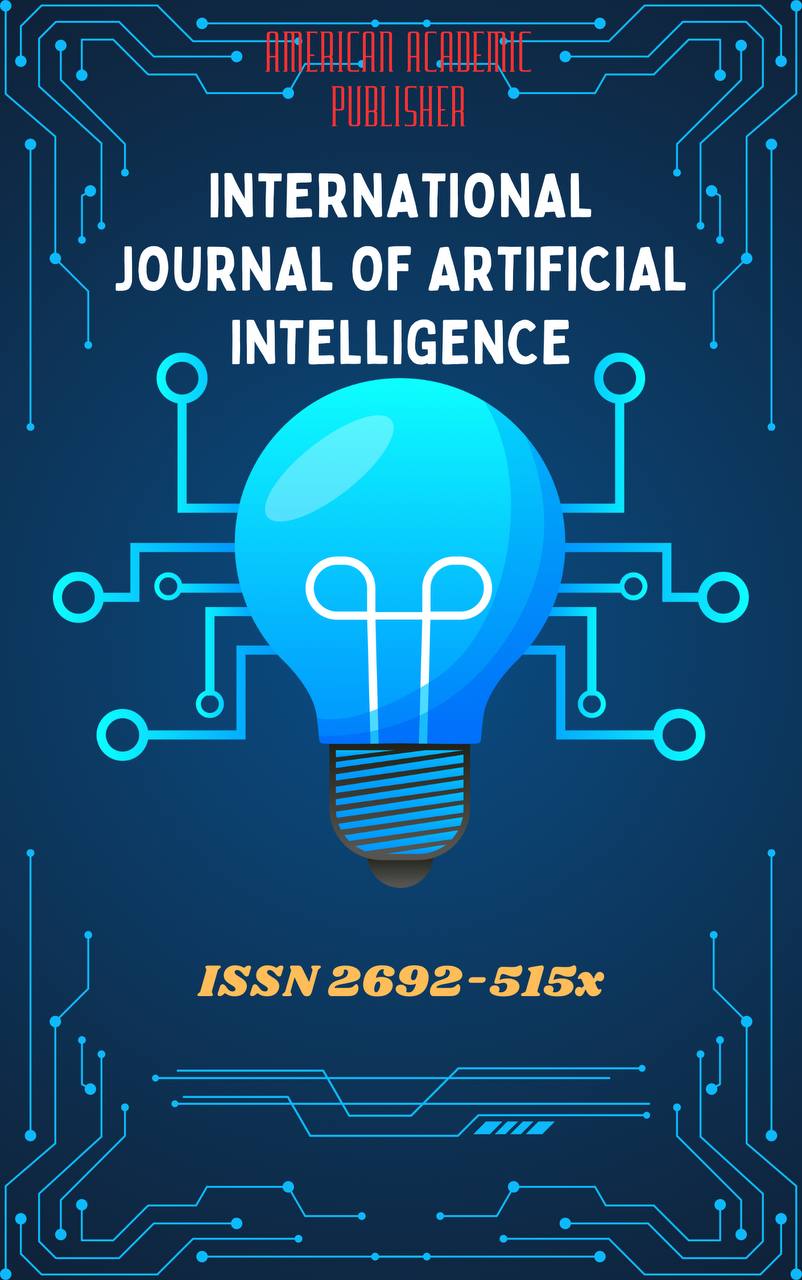 Articles
| Open Access |
Articles
| Open Access | THE ROLE OF TECHNOLOGY IN LEARNING AND TEACHING ENGLISH AND OTHER LANGUAGES
Abdumurodova Sevinch To‘raqulovna , 2nd-year student at Termez State UniversityAbstract
This study explores how technology facilitates the language-learning process, helping both teachers and learners of not only English but also other languages. Having read this article, one can learn the advantageous and disadvantageous sides of technology alongside the ways to keep a balance between them. Moreover, future prospects regarding this topic can not be left behind either.
Keywords
Virtual Reality(VR), Augmented Reality(AR), technological integration, benefits, challenges, future prospects, AI.
References
Kukulska-Hulme, A. (2012). Mobile-assisted language learning [MALL]: A brief history and current trends. In the encyclopedia of applied linguistics. Wiley-blackwell. Pages: 3785–3791.
Brown, H. D. (2007). Principles of language learning and teaching (5th ed.). Pearson education. Pages: 172–189.
Duolingo blog. (2023). How AI is revolutionizing language learning.
British Council. (n.d.). How technology can help language learners.
Godwin-Jones, R. (2024). AI and language learning: Friend or Foe?
Language Learning & Technology, 28(1), 1–9.
Meskill, C. (2011). Teaching languages online. Multilingual matters.
Pages: 55–70.
Schmid, E. C. (2014). Technologies for language learning: An overview. In the Routledge handbook of language learning and technology.
Pages: 3–17.
Hodges, C., et al. (2020). The difference between emergency remote teaching and online learning. Educause Review, 27(1), 1–12.
Yavuz, F., & Cakir, Y. (2022). Benefits and challenges of integrating technology in English language teaching. The online journal of New Horizons in Education, 12(2), 10–20.
TESOL International Association. (2020). Digital tools in the ESL classroom.
Article Statistics
Downloads
Copyright License

This work is licensed under a Creative Commons Attribution 4.0 International License.

